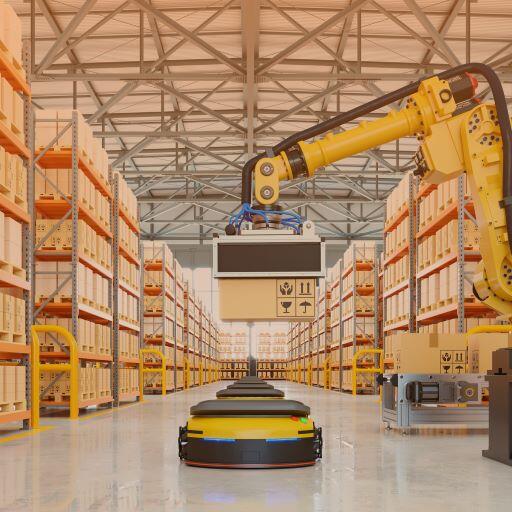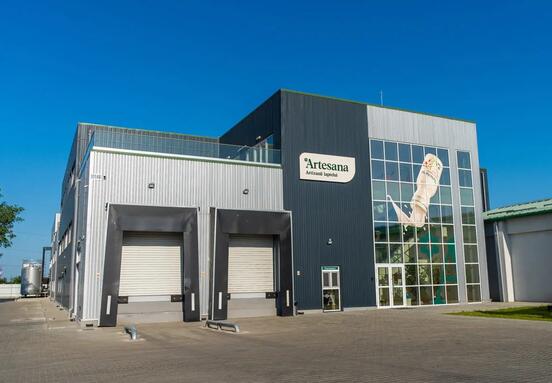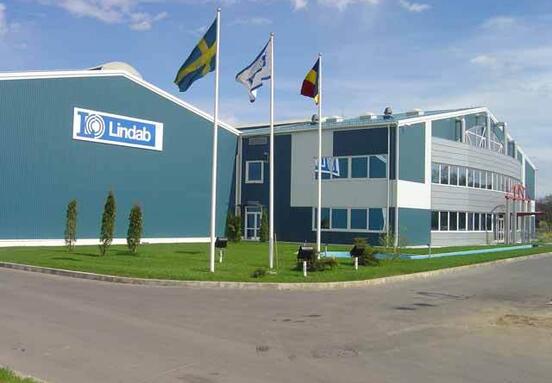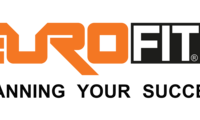The 8 myths are:
1. One warehouse = one type of automation. This may vary due to the workload in the warehouse. Solutions are customized to your specific needs, so for best results, you may need a number of complementary automations in order to achieve your goal.
2. Automation comes with its own WMS (Warehouse Management System). The short answer is no. That is why you need an expert in synthesizing a solution that is drawn from the full spectrum of available platforms, both hardware and software, to bring together the ideal solution that is not driven by product type, but driven by customer need. There are many functions that automation system providers can deliver with WES (Warehouse execution systems), but they cannot cover the totality of a warehouse's needs as a warehouse's own WMS can - monitoring all inputs and outputs from a warehouse since docking (eg: scheduling receptions for incoming trucks).
3. Automation will replace warehouse labor. Certainly not in the near future. You’ll have the best results if the automation and employees work together: it eliminates repetitive and dangerous tasks so the people can focus on activities that are more valuable to the business (eg: resizing a box to gain more space).
4. Automation will make any warehouse more productive and efficient. This can be true if there is a very good robotics and automation strategy in place from the beginning.
5. The WMS provider sells warehouse and production line automation. When choosing warehouse automation, it is important to keep in mind that a generic system may not bring the best results. An important part of the automation process is to perfectly integrate the robotic system for each individual warehouse.
6. Automations are expensive. If the plan and strategy are right, even the smallest companies and warehouses have the option to simplify work processes with automation at reasonable costs. It all boils down to the quality of planning and execution.
7. Can the automation provider take care of x, whatever that x is? (eg: integration, provisioning, roles, kpi, etc.). There is a lot that your automation provider can take care of. But if you have a BLM (Business Line Manager) system or an AS/RS, you'd want the software vendor to control everything and be like a black box for your warehouse, eliminating that big picture person of the entire warehouse? This may become a bit of a power struggle about who gets to control what. When you enter the world of automation, you really need a system that oversees all the activity in your warehouse.
8. Automation is safe. We emphasize again a well-established plan, knowing the ultimate goal pursued. That's why partnerships with automation providers are a very good idea to ensure that you are always on the right track and that you can work together to achieve your goals, from strategy, implementation to constant updates.
Each company knows best what it needs when it comes to the workload of its warehouse workers. If you are planning to automate certain tasks, it's important to have a capable partner that you can work with to personalize the solutions specifically to your business’s needs in order to help build a strategy that will maximize efficiency.
Find out more here!








